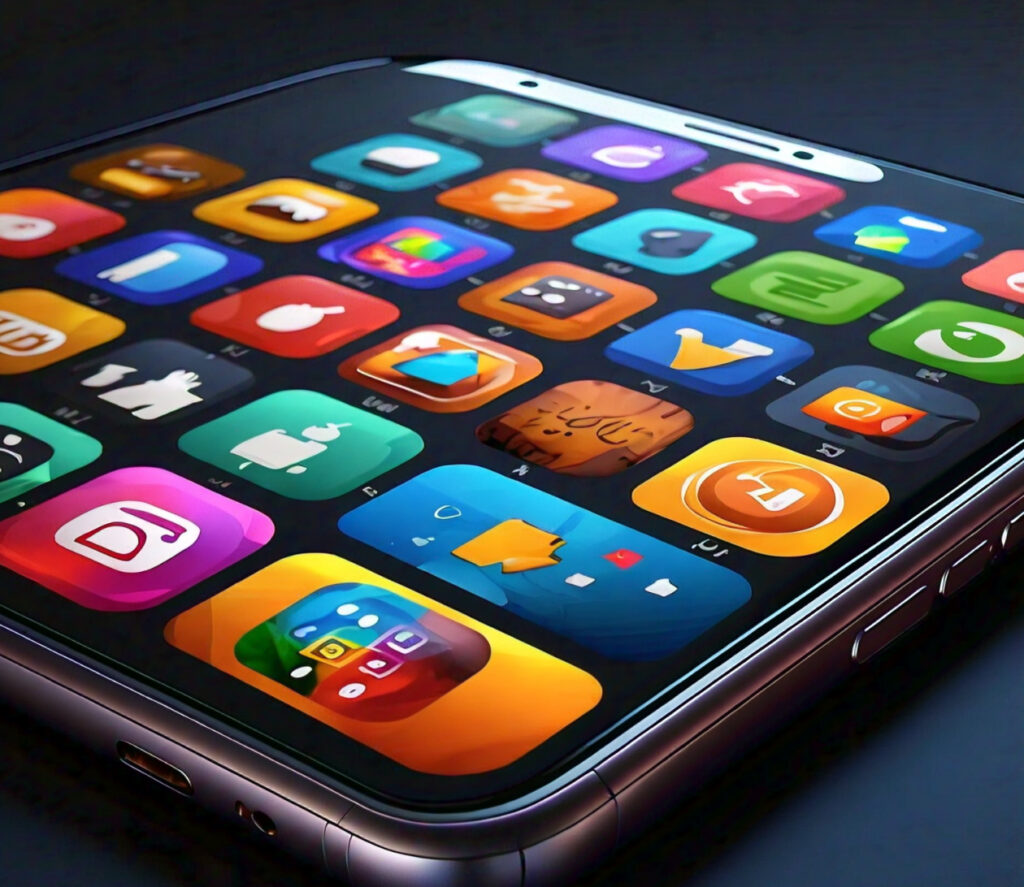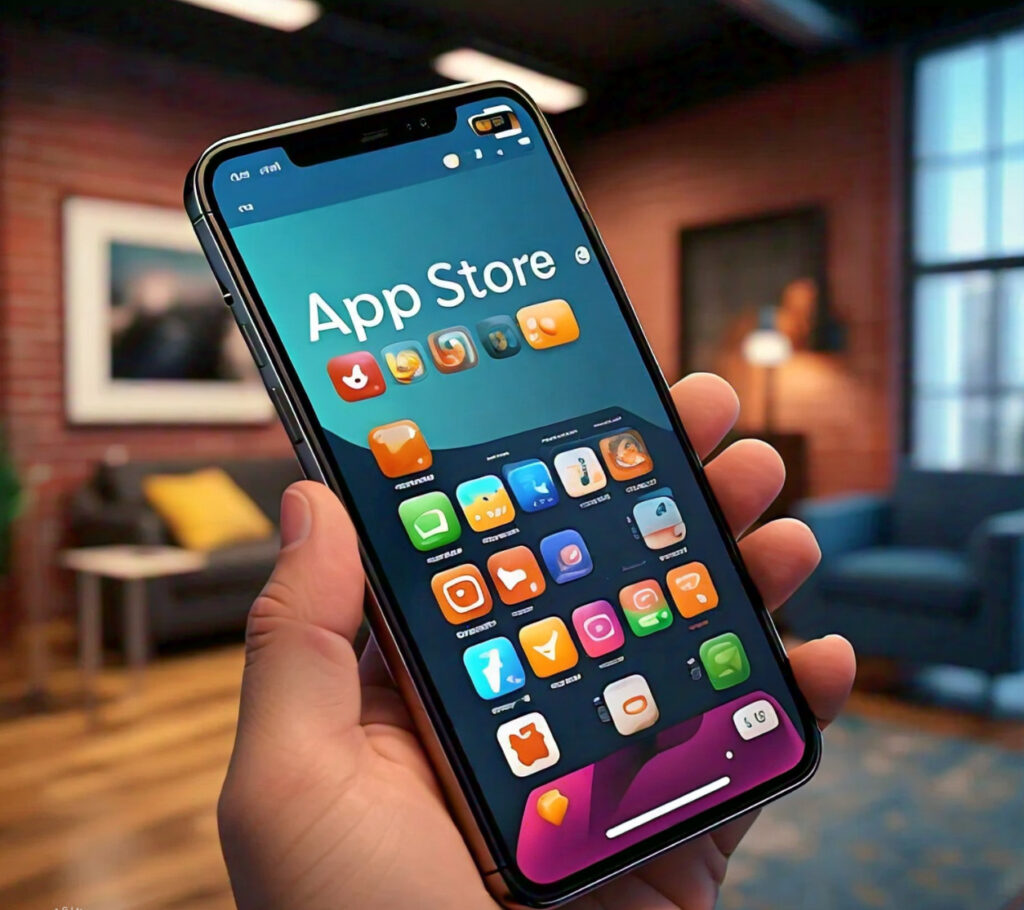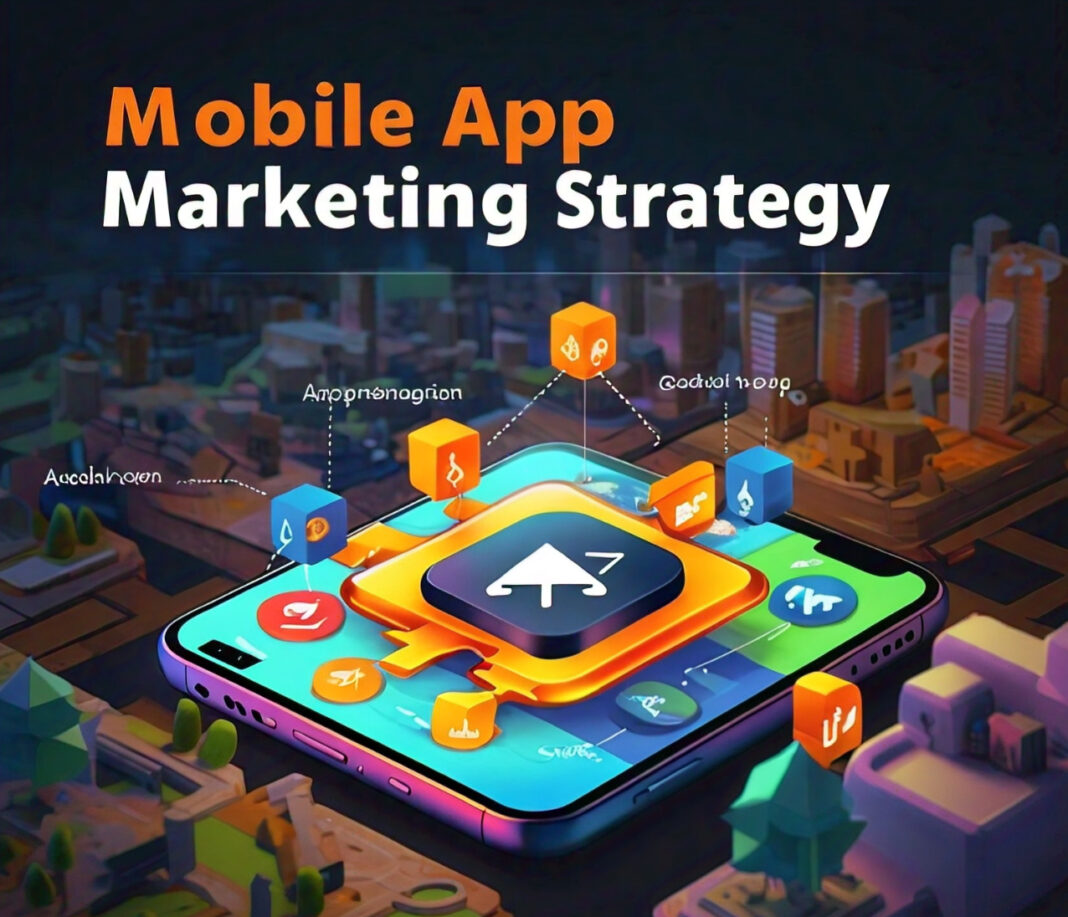Developing an app is just the initial part of the journey to let your creation see the light of the day. The most critical phase after that is the submission of the developed application to the App Store. The App Store, maintained by Apple, is well-known for its higher standards and strict guidelines to make sure that users get quality, safe, innovative applications. Adhering to such guidelines will facilitate a swift and effective submission process, which is indicative of the developer’s success.

This comprehensive guide will walk you through the key aspects of App Store submission guidelines; from basic requirements down to specific policies, this article will help you be confident in your submission process. Whether you are a seasoned developer or new to the iOS ecosystem, you will surely pick up several valuable insights from this article that’ll put you right ahead of the game in getting your app approved in the App Store.
- Before You Begin: Preparing for Submission
Before going into the details about App Store guidelines, the first thing you need to do is prepare your app for submission. The preparation involves:
1.1 Exhaustive Testing of Your App
Ensure that your app does what it is supposed to across all devices and iOS versions. You need to test it for bugs, crashes, and performance issues. That is what Apple reviewers will also be doing, so it is always worth catching such problems beforehand and fixing them before submitting.
Prepare everything about your App Store listing, which includes but isn’t limited to:
- The app’s name and description
- Screenshots and an icon for your app
- Pricing information and availability
- Information regarding age ratings
- Support and marketing contact information
1.3 Creating an Apple Developer Account
If you have not done so already, create an Apple Developer account. To publish apps to the App Store and access resources and developer tools, you need to have an Apple Developer account.
- Overview of App Store Review Guidelines
Central to the process of applying is the set of App Store Review Guidelines provided by Apple. These touch on different aspects of the development of an app, and they are regularly updated. Some key areas to consider include:
2.1 Safety
Apple considers user safety as paramount. For this reason, your app must:
- Not contain any objectionable content
- Respect user privacy
- Put in place appropriate security measures
- Handle user data responsibly
2.2 Performance
Your application should:
-Be complete and functional at the time of submission
-Do what they advertise and shouldn’t crash or show overt bugs
-Use power efficiently and can’t drain unnecessary device battery life
2.3 Business Model
Apple is harsh on app monetizing to the following rules:
-In-app purchases must use Apple’s in-app purchase mechanism
-Subscriptions must clearly be explained in renewal terms with all pricing
-Apps must not manipulate users into fraudulent practices or price gouging

2.4 Design and Usability
Your application should:
- Be an intuitive and engaging user interface
- Provide value beyond the essentially offered web page in the packaged form
- Not be a port from other systems but created and optimized for making the most out of the iOS system.
- App Store Submission Technical Requirements
Before submitting your app to the App Store, considerations must be made concerning its technical requirements. Relating to that, here are some aspects:
3.1 App Binary
Your application should be developed on the latest version of Xcode and the iOS SDK. It has to support the newest operating system version and be optimized for the latest devices.
3.2 App Size
While there isn’t a size limit strictly, Apple recommends that your application be under 4GB. Larger apps will endure longer review times, possible rejection, or both.
3.3 Architecture Support
Ensure your app supports both 32-bit and 64-bit architectures unless it is targeting only newer devices.
3.4 iOS Capabilities
If your application uses particular iOS capabilities such as HealthKit or Apple Pay, make sure that you have implemented them correctly, including the usage descriptions in your info. list.
- Metadata and App Store Presence
Of utmost importance is your app’s metadata when it comes to discoverability and attractiveness for the users. Focus on:
4.1 App Name and Description
Name your app with something unique and descriptive. Your description clearly should describe what the app does, and then highlights some key features.
4.2 Keywords
Choose keywords that best describe your app. Do not include competitors’ names or trademarks.
4.3 Screenshots and Preview Video
Provide top-quality screenshots of your app’s main features. A preview video will be a great way to show your app in action.
4.4 App Icon
Get an exclusively designed, eye-catching app icon that describes your app in the best possible way. Ensure it meets the size and format requirements according to Apple.
- Content and Functionality Guidelines
Regarding content and functionality, Apple requires certain regulations to be implemented while designing an application:
5.1 User-Generated Content
If the app provides user-generated content, then the following should be included:
Filtering mechanism for objectionable material
A flag for users, so offensive content can be reported.
The ability to block abusive users.
5.2 Kids Category
Additional requirements for Apps in the Kids Category are that they should not contain behavioral advertising, must have a privacy policy, and need to obtain parental permission for particular features.
5.3 Health and Medical Information
Health or medical information apps:
Must be provided by recognized medical institutions or organizations
Must cite sources for any health-related claims
Must not diagnose or suggest treatment that does not come from a licensed medical professional
- Legal and Licensing Requirements
Ensuring your app’s compliance with legal requirements is critical:
6.1 Intellectual Property
Your application should not infringe upon others’ intellectual property rights. This shall include using copyrighted material without permission, and design copies of other applications.
6.2 Privacy Policy
Applications must have a clear privacy policy for how user information is collected, used, and shared.
6.3 Rating
Supply accurate age ratings of your application for the content to be helpful for users while making decisions about the download of your application.
- Preparing Your Application for Submission
Once you feel that your application follows all the rules, then it’s time to upload it:
7.1 App Store Connect
Upload the app binary and deliver all the required metadata through App Store Connect.
7.2 Testing Information
If your app requires a special setup or has hidden features, provide testing information for the review team.
7.3 Expedited Review
Expedited Review: You can ask for expedited review in some instances. These are usually granted to applications that deal with critical issues or are highly time-sensitive.
- After Submission: The Review Process
Understanding what happens after submission will help you in managing your expectations:
8.1 Review Timeline
The review process usually takes anywhere from 1-3 days but at times takes longer.
8.2 Possible Outcomes
Your app could be:
Approved: Ready for sale on the App Store
Rejected: Requires changes before resubmission
Pending Developer Release: Needs further review
8.3 Appeal to Rejection
If your app is rejected, read the submitted feedback carefully. Address these issues and resubmit your app.
- Maintaining Your App After Approval
Getting approved doesn’t stop there:
9.1 App Updates
Now and then, release your app with bug fixes, feature enhancements, and support for iOS versions just around the corner.
9.2 Reacting to Customer Feedback
Monitor and reply to user reviews. Fix frequent complaints or feature requests with updates.
9.3 Staying Compliant
Stay tuned for updates in the App Store guidelines. Keep your app compliant.
While there may be intimidation with going through the process of submitting to the App Store, understanding and following Apple’s guidelines is the route to success. Spend more time on qualitative, user-friendly app development that follows all technical and content requirements, and the chances will skyrocket.
Remember that the guidelines set in the App Store are there to guarantee a high level of quality and safety for users. By aligning your app to these standards, you’re not just increasing its chances of approval-you’re creating a better product for the users, too.
Refer to this guide as you work through the process of submission for your app. Reference back to it again as you prepare your app, and don’t be afraid to consult Apple’s official documentation for the most up-to-date information. With proper preparation and meticulous attention to detail, you are well on your way to seeing your app live on the App Store.
The world of app development is fluid, with the App Store guidelines continually developing with it. Keep yourself informed about the changes and be open to feedback; in that way, you will keep working on improving your application. It’s because of your attention to quality and following the rules that your way through the review process of submission will be easier, and your application will have a very successful future in the competitive App Store marketplace.





